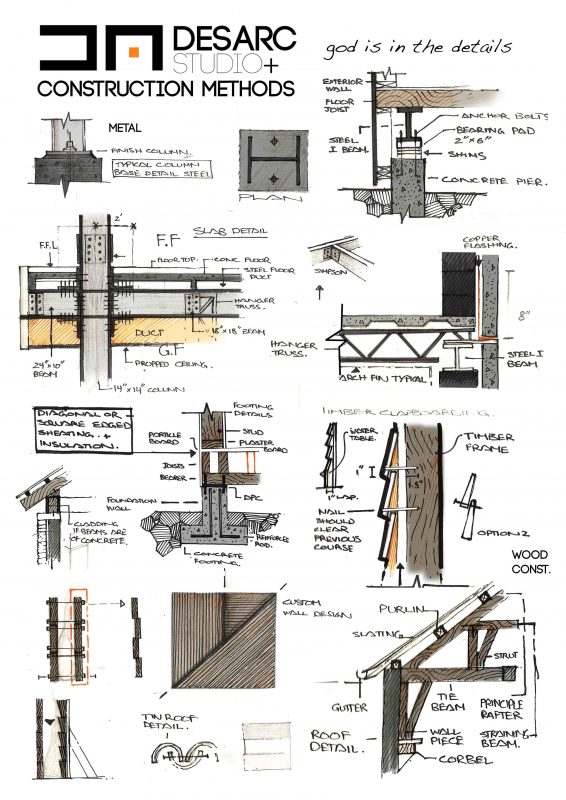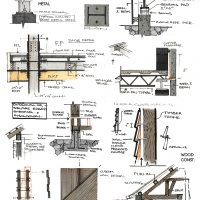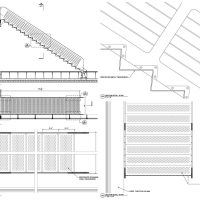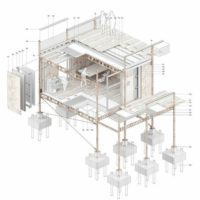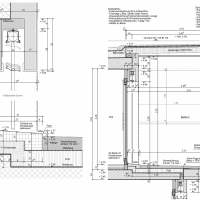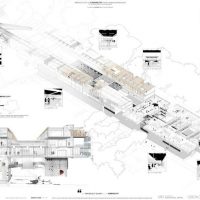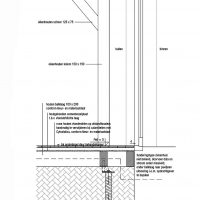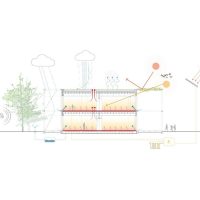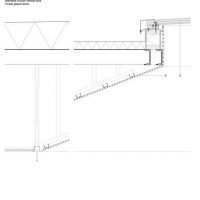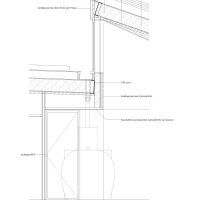Obstacle city
Manhattan born in 1881 with the Commissioners Plan which establish a conceptual infinite grid over the 8,750 ha of Manhattan island and creates 11 avenues and 155 streets. The only limitation was the island itself, when Manhattan got in contact with both Hudson River and East River.
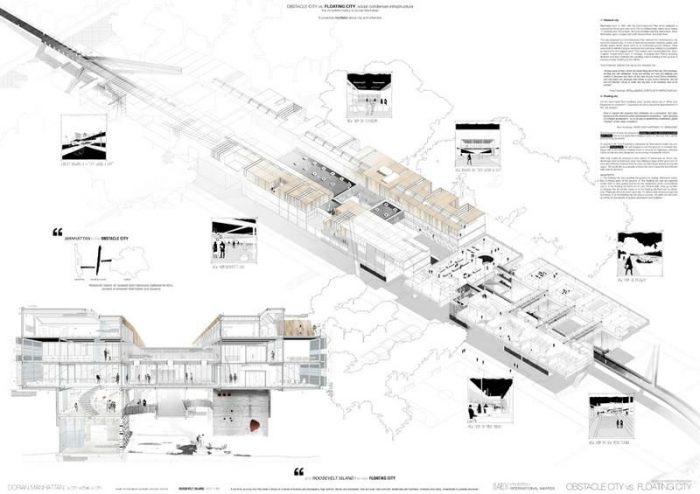 The city proposed by Commissioners Plan defined the contemporary city up to the present day. A more or less strong division between public and private space which gives room to an horizontal ground division. Plots were built to infinite trying to maximize the built area, looking for profitability, looking for the biggest profit. This system also consolidated the ‘skyscrapers’ model which born in Chicago. Examples like Flatiron Building illustrate how less mattered the resulting kind of building in the pursuit of earning money, building to the infinite.
The city proposed by Commissioners Plan defined the contemporary city up to the present day. A more or less strong division between public and private space which gives room to an horizontal ground division. Plots were built to infinite trying to maximize the built area, looking for profitability, looking for the biggest profit. This system also consolidated the ‘skyscrapers’ model which born in Chicago. Examples like Flatiron Building illustrate how less mattered the resulting kind of building in the pursuit of earning money, building to the infinite.
Yona Friedman defined that city as the ‘obstacle city’:
“Going a step further, I think the same thing about the city. Our buildings, as they are, are obstacles. If you are driving, ori f you are walking, you realize it, because you have all the time to goa round these obstacles, and city plans are strategic plan show to goa round obstacles. So my second interest i show to make the city less of an obstacle, less of an enemy”.
Yona Friedman; INTELLIGENCE STARTS WITH IMPROVISATION.
2- Floating city
On the other hand Rem Koolhaas when speaks about city in “What ever happened to urbanism?”, expresses his worry about the abandonment of the ‘city project’:
How to explain the paradox that urbanism, as a profession, has disappeared at the momento when urbanization everywhere – after decades of constant acceleration – is on its way to establishing a definitive, global “triumph” of the urban condition?
Rem Koolhaas; WHAT EVER HAPPENED TO URBANISM?
From this point of view we propose to design 1001 new, distinct and intelligent cities, from a not super-technological point of view but from careful and cunning decisions.
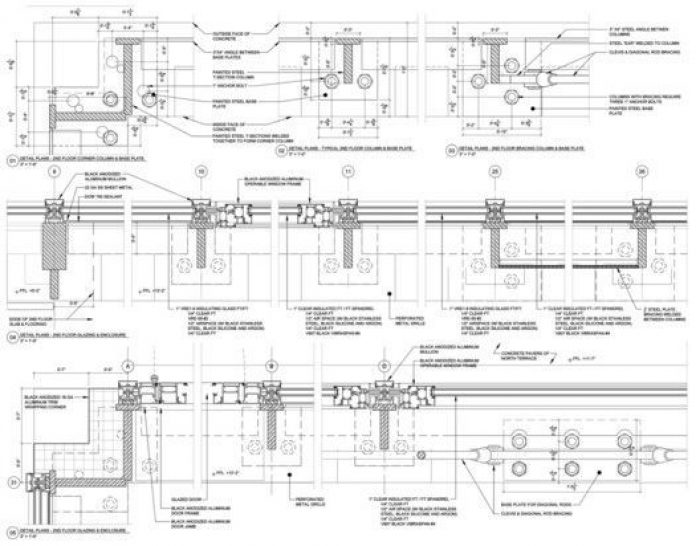 In contrast with Yona Friedman’s ‘obstacle city’ model, we propose the ‘floating city’ which we will imagine over the ground, within a dialogue with it, but without creating scars or wounds as highways, railroads tracks or barriers and obstacles, as enormous impassable blocks.
In contrast with Yona Friedman’s ‘obstacle city’ model, we propose the ‘floating city’ which we will imagine over the ground, within a dialogue with it, but without creating scars or wounds as highways, railroads tracks or barriers and obstacles, as enormous impassable blocks.
With that model we propose a new culture of landscape on which city, landscape and architecture open new dialogue ways which give room to new and different relations that the ones we have been seeing during last years. We would like to postulate a future city more respectful and tolerant with natural elements.
MANIFIESTO
1. The floating city only touches the ground for resting. Whenever possible, it moves away of the ground. 2. The floating city can be explored under itself. A new spatial journey for the inhabitants of the conventional city. 3. In the floating city there are no cars. People walks. They go by bike or underground. We do not like roads. 4. In the floating city there are no obstacles. Paths are direct to reach each site. Or deliberately tortuous to get lost and enjoy. 5. In the floating city the space is public. No plots are extruded to infinity for the benefit of greedy developers and builders.
Project Credits:
Project name: Social condenser infrastructure: obstacle city vs. floating city
Name: Alex Duro
School: Architecture School, University of Alcalá, Spain.
Adviser: José Juan Barba
Arch2o has received this project from our readers in order to participate in the Students week 8 event, you may submit your own work for publication in the Students Week 9 , for more details please CLICK HERE
- Anique Azhar
- Sassa School Complex / SET Architects. Image Courtesy of SET Architects


